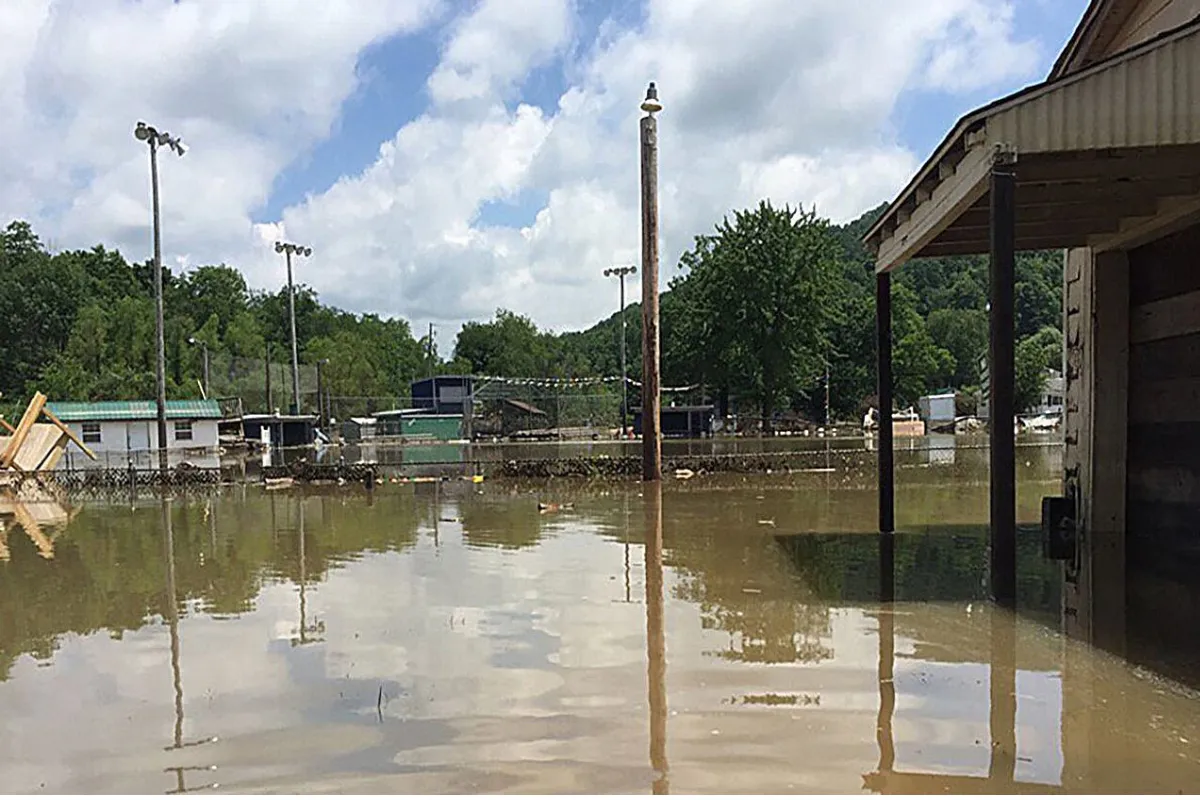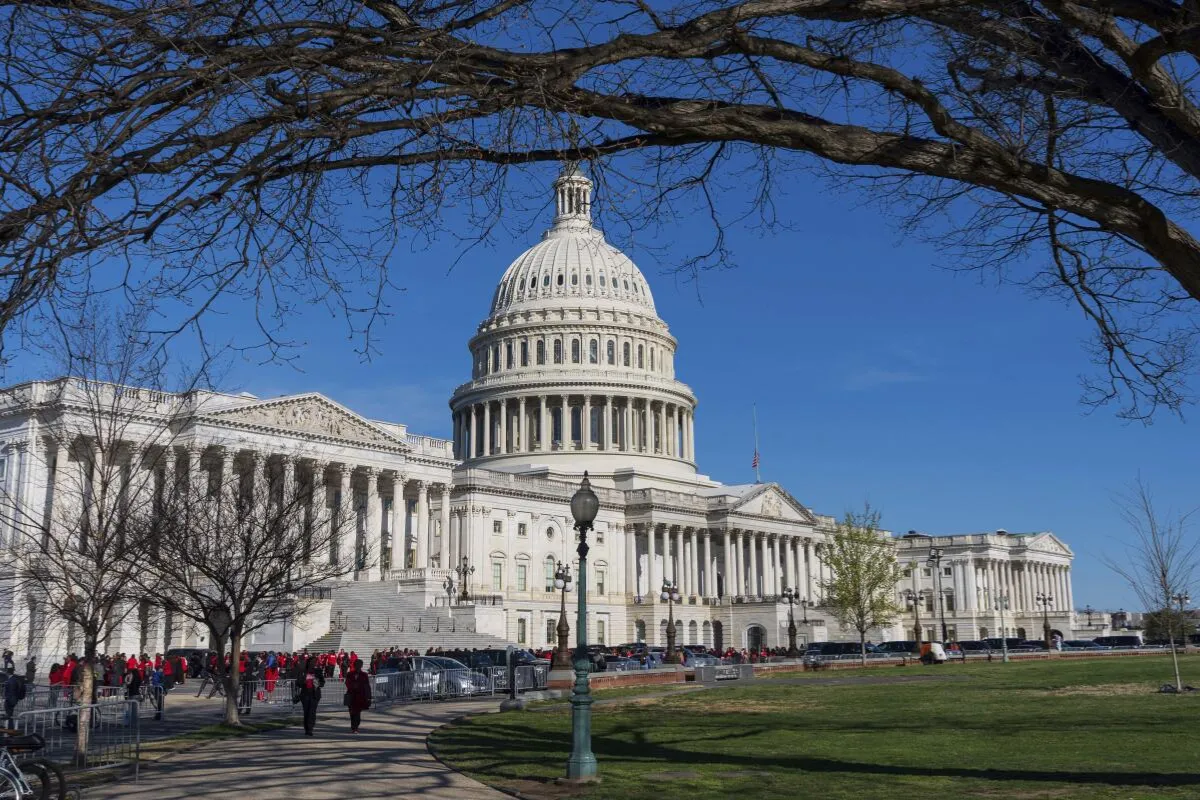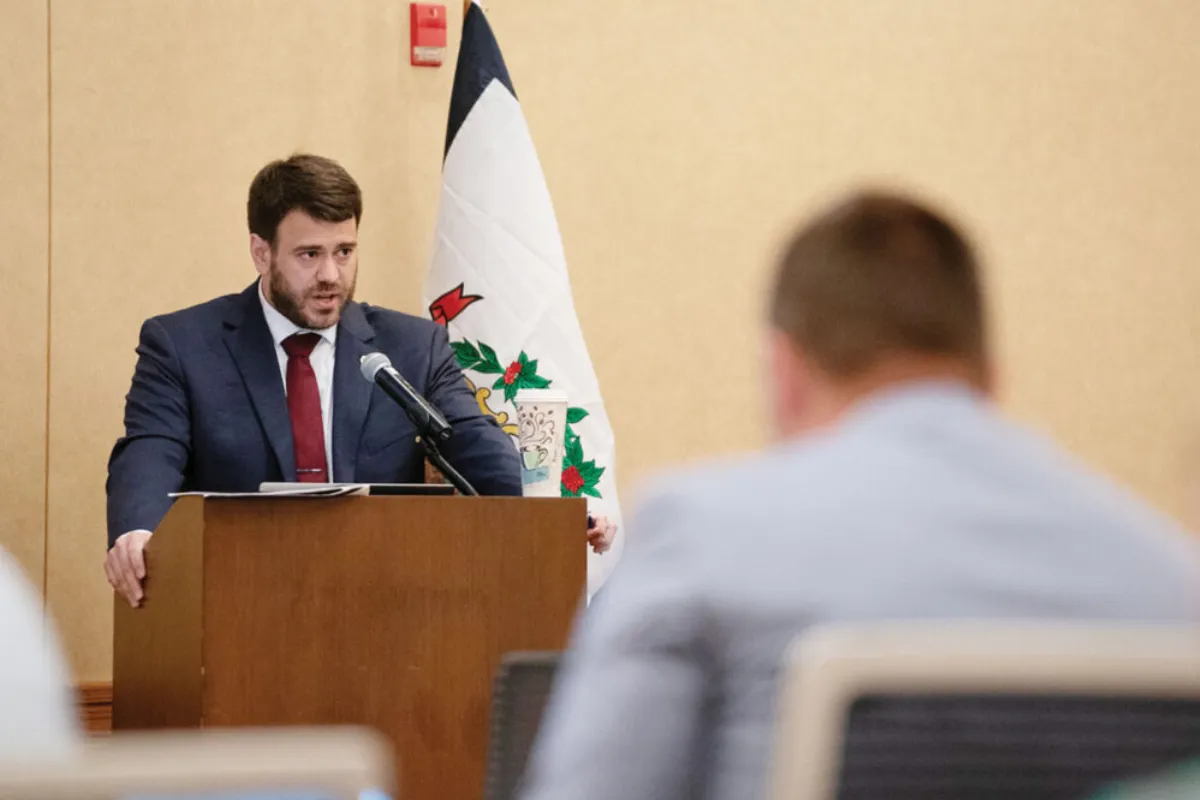The Environmental Protection Agency (EPA) announced Wednesday that it will roll back some of the strict regulations on “forever chemicals” in drinking water that were introduced under the Biden administration.
While the EPA will maintain tough limits on two of the most common contaminants, PFOA and PFOS, it is scrapping and re-evaluating limits on newer types of PFAS, including GenX substances.
These chemicals, known as PFAS (perfluoroalkyl and polyfluoroalkyl substances), are used in products like nonstick cookware, water-resistant fabrics, and firefighting foam.
PFAS are known for their durability — they don’t break down easily in the environment or the human body, and exposure has been linked to cancer, cardiovascular disease, and developmental problems in infants.
In 2023, the Biden administration set the first-ever federal standards for PFAS in drinking water. The limits were designed to drastically cut exposure for millions of Americans, especially those living in areas with high PFAS contamination.
PFOA and PFOS, the two most well-known PFAS chemicals, were limited to 4 parts per trillion, the lowest level that can be reliably measured. That standard will remain in place.
However, the EPA now says it will revisit limits on three other types of PFAS, including GenX — a chemical that has plagued North Carolina communities — and a combined standard for several PFAS types.
The agency also granted water utilities two additional years to meet the standards for PFOA and PFOS, extending the compliance deadline to 2031.
EPA Administrator Lee Zeldin explained the decision as a balance between protecting public health and giving utilities realistic timelines. “We are upholding national standards for PFOA and PFOS while offering practical flexibility,” Zeldin said.
The rollback follows legal challenges from water utilities, who argue that the original rules were overly aggressive, costly, and not fully backed by scientific evidence.
Only about 12% of U.S. water utilities currently exceed the new federal PFAS limits, and most violations involve PFOA and PFOS. Utilities said the EPA lacked authority to regulate PFAS mixtures and newer variants like GenX and welcomed the extra time to comply.
But health and environmental advocates say the rollback is a step in the wrong direction. Erik Olson from the Natural Resources Defense Council criticized the move as illegal under the Safe Drinking Water Act, which he says doesn’t allow weakening public health protections once established. “This decision undermines promises to deliver clean water to Americans,” Olson said.
Meanwhile, PFAS pollution continues to raise concerns. These substances have been manufactured by companies like Chemours and 3M, and their widespread use has left a toxic legacy across the U.S. Though useful, PFAS chemicals build up in the human body over time. Scientists have recently found that even very low levels of exposure can be dangerous.
The Biden administration had estimated it would cost about $1.5 billion annually for water systems to meet the new standards. To ease that burden, Congress allocated $9 billion through the Bipartisan Infrastructure Law to help utilities reduce PFAS contamination. In addition, utilities have won major lawsuits against chemical companies to cover cleanup costs.
Still, smaller water providers say they lack the resources to comply, and some are only just discovering the full extent of their PFAS problems. “This gives us more time to handle the known threats, but we still have work to do,” said Mike McGill, president of water industry firm WaterPIO.
Environmental advocates fear that limiting focus to only two PFAS types may let other harmful chemicals slip through the cracks. “If we don’t regulate the newer generations, utilities won’t have to install comprehensive treatment,” said Melanie Benesh of the Environmental Working Group.
Activists like Emily Donovan, who fought for PFAS limits in North Carolina, feel let down. “The administration promised to make America healthy again,” she said. “Rolling back GenX protections does the opposite.”
As legal battles from both sides continue, the future of drinking water safety and PFAS regulation remains uncertain.
















